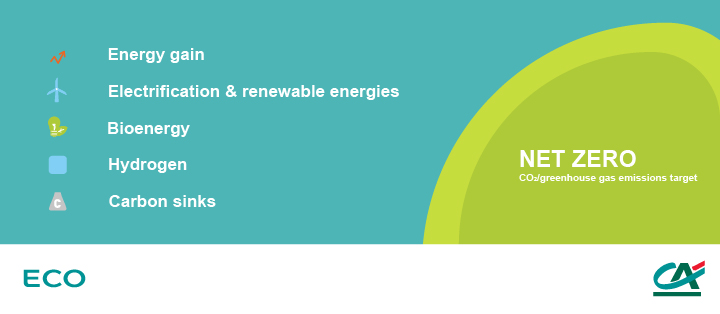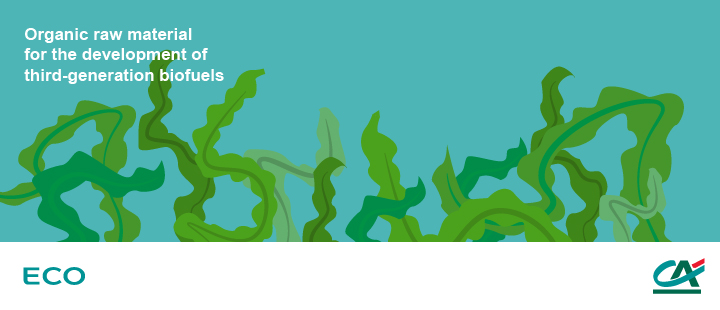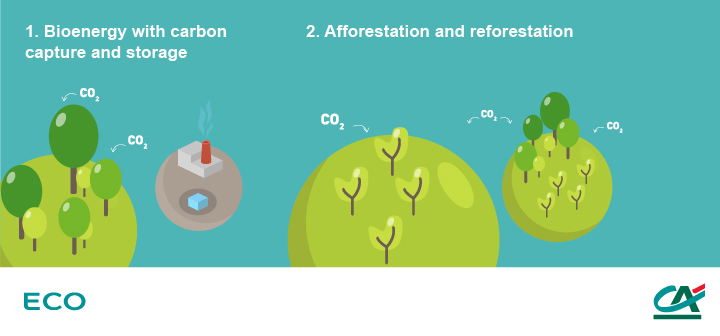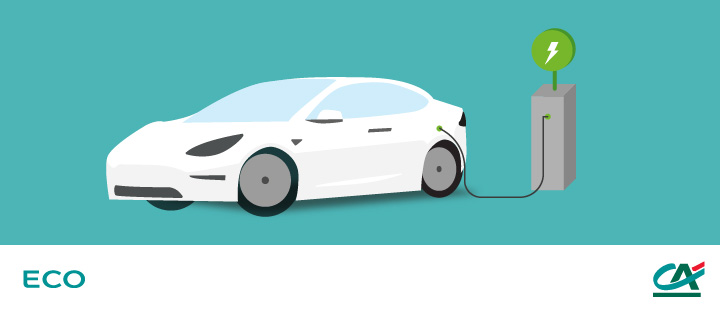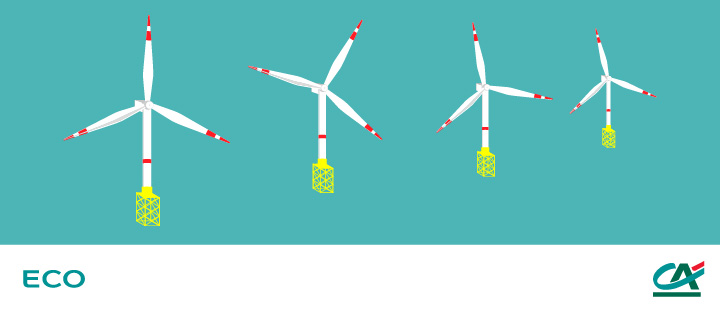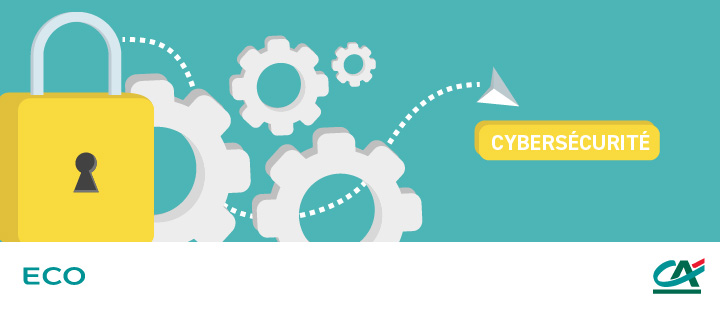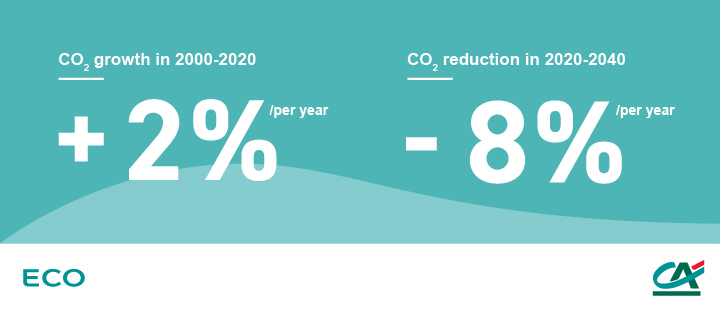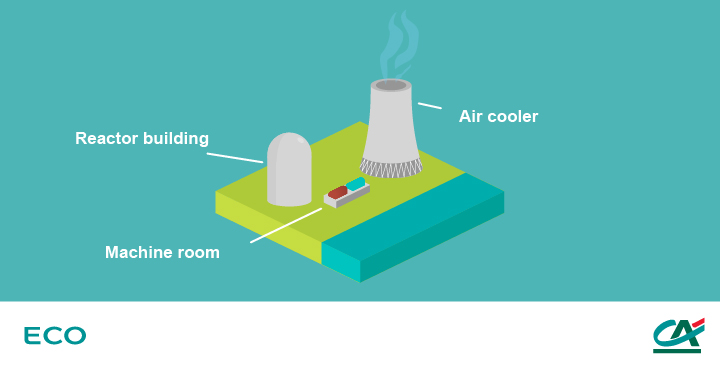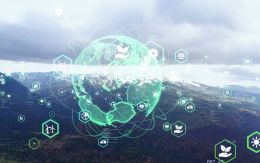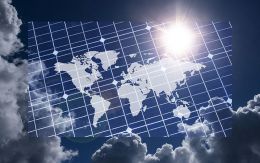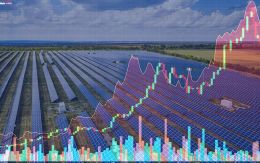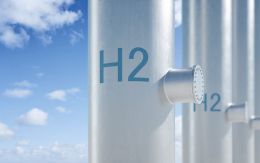Achieving the paths to "Net Zero" is contingent on the development of numerous technological innovations
In its sixth report, the IPCC describes the climate consequences according to five warming scenarios. Although one of these scenarios considers the possibility of warming contained to 1.5°C thanks to the capture of large quantities of CO2, the IPCC does not specify how to achieve this and what technologies will be needed. Other leading organisations (1) recently published their "Net Zero" scenarios detailing their technological assumptions that should allow humanity to achieve carbon neutrality in 2050. All these scenarios are based on the same key principles: energy gains, intensification of electrification thanks to renewable energies, and development of bioenergy, hydrogen and carbon sinks, the only way to reduce the concentration of CO2 in the atmosphere. Often relayed and simplified by the media, these "Net Zero" scenarios could suggest to an uninformed public that the path to carbon neutrality is accessible without major technological obstacles. Unfortunately, this is by no means the case. Achieving the paths to "Net Zero" is contingent on the development of numerous technological innovations.
Still at the prototype or pilot stage in the hydrogen, bioenergy, insulating materials and direct CO2 sequestration sectors, these technologies will have to become technically, industrially and commercially viable within the next decade. The economies of scale often put forward to lower production costs will not be enough. The challenges of these technologies are well known by all governments. Following COP21, 23 countries committed to cooperate to accelerate their development within the framework of the "Mission Innovation" agreements.
Six high-stakes technologies to successfully decarbonise the economy
ELECTROLYSERS & FUEL CELLS
Scientists and industrialists will have to find new materials to improve the technical performance of electrolysers and fuel cells. Without technological progress, hydrogen cannot be the mainstay of industry decarbonisation and electricity storage. With 90% of electricity being generated from intermittent energies in 2050 according to the different "Net Zero" scenarios, electricity storage is becoming crucial. Converting electricity into hydrogen would be one of the cornerstones of this storage. Electrodes and membranes are therefore the subject of significant research and development efforts in order to increase power and lifespan, while reducing the production cost of electrolysers and fuel cells.
ALGAE AS A SOURCE OF BIOFUELS
For biofuels to experience the significant development required under the warming scenarios, the organic matter from which they will be derived must not be taken at the expense of food. Aside from the conversion of organic waste, which would not be enough to produce the necessary volumes of biofuels, researchers and manufacturers must therefore find organic materials that are abundant, durable, accessible, and not used in food. Many hopes today rest on algae as an organic raw material that can be developed into third-generation biofuels.
CARBON DIOXIDE: ELIMINATION AND NEGATIVE EMISSIONS
The development of carbon sinks is becoming increasingly urgent. According to the IPCC and on the basis of a probable increase in temperature of 1.5°C as early as 2030, capturing and sequestering CO2 present in the atmosphere becomes an urgent and essential way of keeping warming below 1.5°C. However, one of the technological and commercial difficulties of carbon sinks is to concentrate the CO2 contained in the various effluents before sequestration. This concentration step is essential in order to collect more than 7 gigatonnes of CO2 (representing a little more than 20% of current emissions) in 2050.
BATTERIES FOR ELECTRIC VEHICLES
Achieving the large fleet of electric cars (around 1.5 billion vehicles by 2050) needed to decarbonise road transport cannot be based solely on the development of a dense network of charging stations. Technological progress must still be made on batteries, in particular on their recharging time and energy density, in order to increase their range. Research is very dynamic today, as evidenced by the regular announcements by start-ups. However, it is still too early to confirm whether these new, improved performance batteries will be marketed on a large scale.
OFFSHORE WIND
The electrification of the economy will intensify, in particular with the development of offshore wind power, initially on fixed platforms, followed by floating ones later on. The latter is likely to experience a very strong boom after 2030. Players must take advantage of the intervening period to meet a certain number of technological challenges. In addition to the challenges related to the stability of the floats on which increasingly powerful and tall turbines will be placed, offshore wind players will also have to provide solutions for transporting electricity from floating wind farms far from the coast, and the on-site maintenance of these farms.
CYBERSECURITY
The pathways to "Net Zero" will also be based on progress with systems’ computer security. With the intensification of electrification in all sectors, economies will become increasingly dependent on their power grids and vulnerable to cyberattacks. The cyberattack on Colonial Pipeline in the United States demonstrated the critical role of computer systems and their security when managing energy infrastructure. With the portion of final energy consumption accounted for by electricity expected to increase significantly from 20% in 2020 to 50% in 2050, the security of IT systems associated with power grids will become a major national security concern.
Developments at an unprecedented pace, requiring a gigantic research and development effort
While CO2 emissions have increased at an average annual rate of 2% over the past twenty years, carbon emissions will have to decrease by at least 8% per year over the next two decades to meet a "Net Zero" trajectory in 2050. After 2030, the average reduction in emissions will have to accelerate thanks in particular to technological innovations on which 50% of the reductions in CO2 emissions depend. These technologies will have to be developed in record time, much more quickly than what the energy sector has seen so far. The International Energy Agency estimates that the development times for the technologies required to decarbonise the economy should be 20% less than the shortest time seen in the energy sector (LED bulbs), and 40% less than the development time for solar panels.
Despite all the difficulties, society will be obliged to overcome one of the greatest technological, industrial and financial challenges, perhaps after the conquest of space. This time around, the enormous research and development effort will not be made by choice, or by a spirit of adventure, but by necessity. It will require enormous capital and very close cooperation between industry, research laboratories and governments.
As with the Covid-19 vaccines, the decarbonisation of the economy will require all economic players to take greater risks. It is therefore likely that financial institutions and banks will have to make commitments on "unproven" technologies or with little feedback.
Focus - Nuclear technologies
Accounting for approximately 10% of world electricity generation, the nuclear sector represents a technology that remains in the minority and is used in a limited number of countries. However, this technology is extremely important in many countries, and has been invested in heavily. Nuclear power is one of the tools available to decarbonise energy generation and its use, and even its development, are often employed in net zero emission scenarios. In fact, this technology is considered able to contribute to carbon neutrality by 2050, with its use varying from country to country.
Today, several technologies are being proposed or envisaged, including third-generation reactors (Generation III/III+, EPR-type reactors, for example) being deployed, and fourth-generation reactors that are at the research stage. In terms of size, although the current reactors can generate significant power (up to 1.6 GW), we are seeing smaller-dimension reactors (Small Modular Reactors – SMR) start to appear, which are still often in the planning or development stage. With a much lower power level than the reactors currently in service (generally less than 300 MW), the latter could adapt to more power grids and also help to generate heat or produce hydrogen (in the fourth-generation versions, for example). These small reactors have been considered as part of the France 2030 plan.
(1) Agence Internationale de l’Énergie (AIE), International Renewable Energy Agency (IRENA), BloombergNEF


